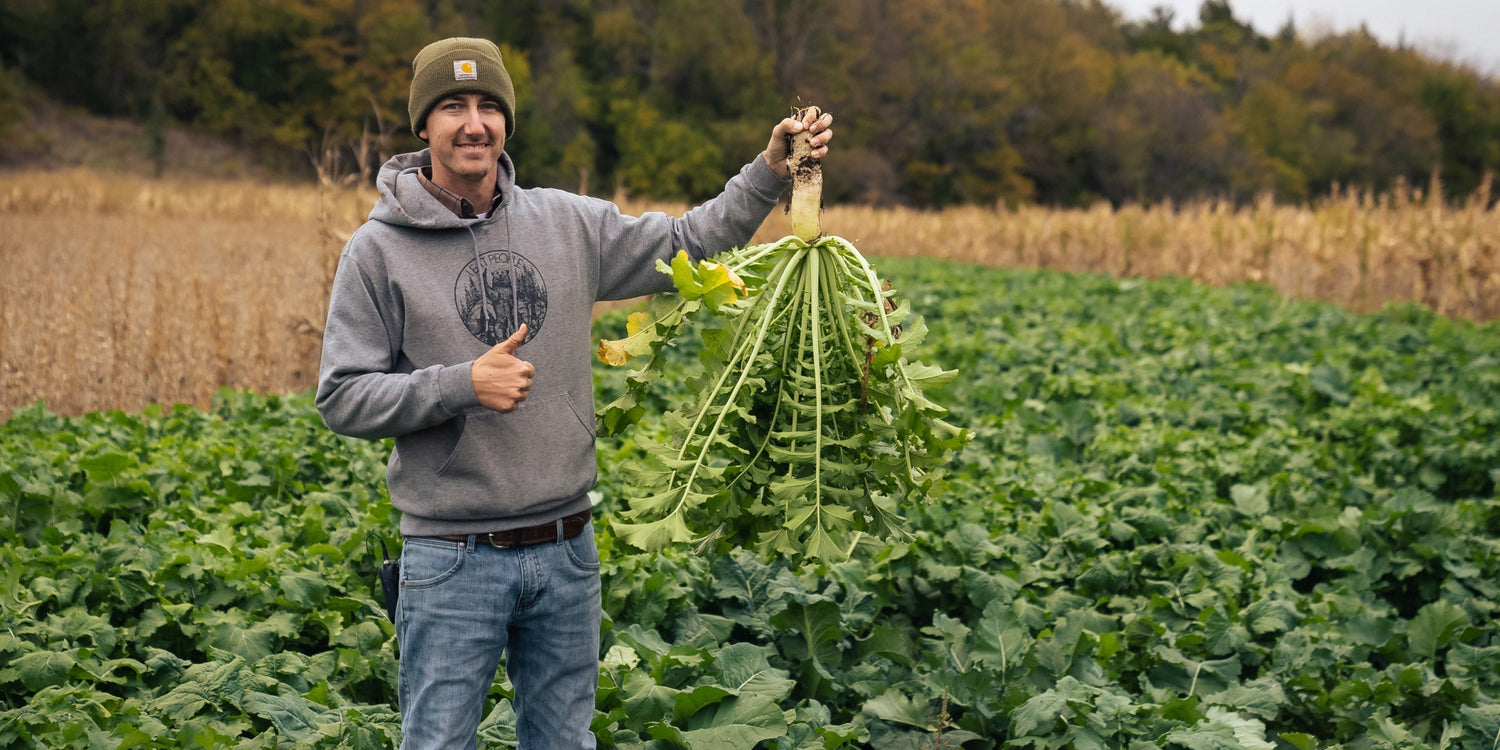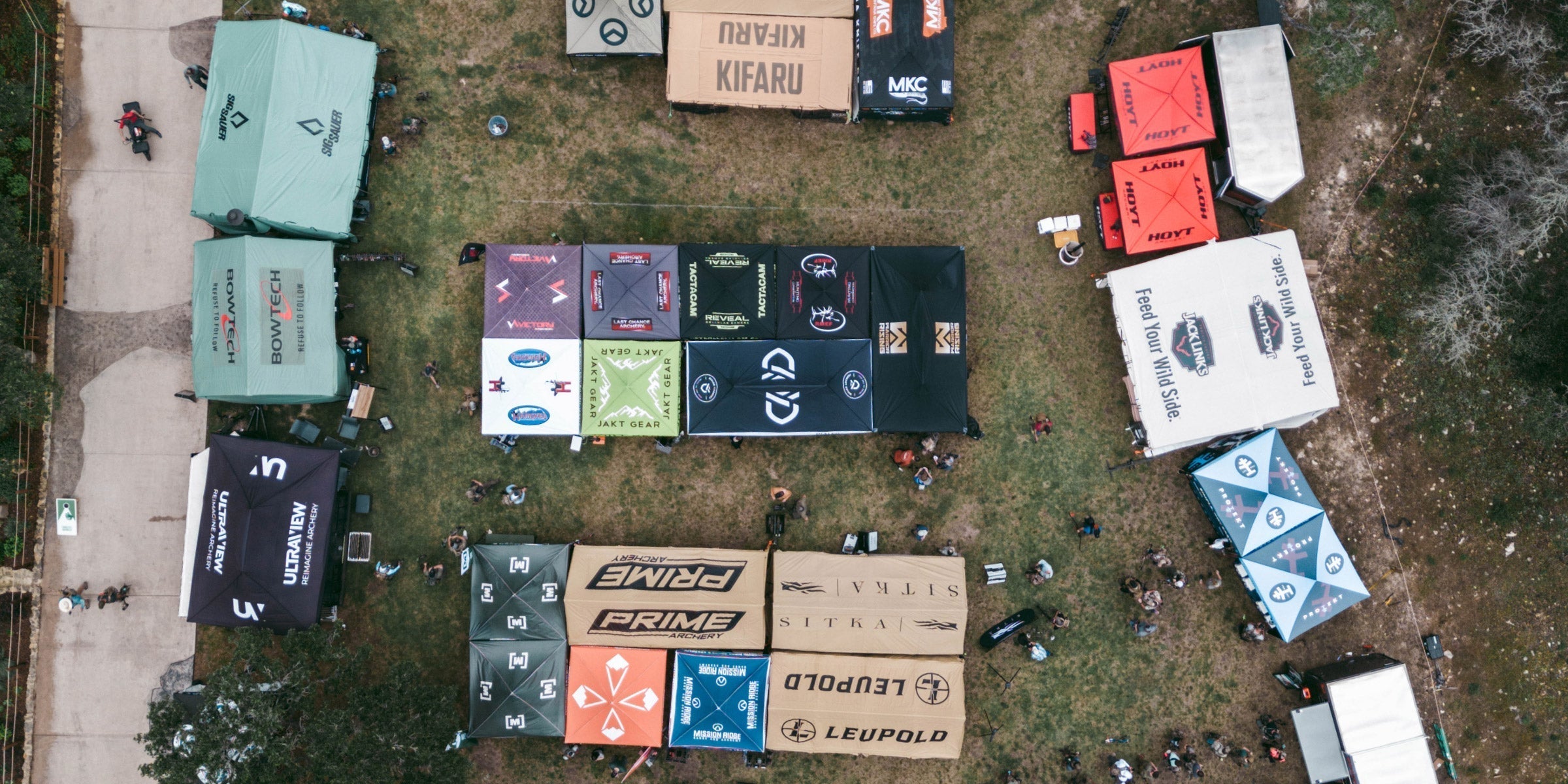If you want to tag a mature whitetail this fall in the Midwest, the work starts now. The hunters who consistently fill their tags with big bucks aren’t just getting lucky; they’re preparing months in advance. Spring and summer are prime times to lay the groundwork for a successful season. Here’s what you should be doing right now to increase your odds come November:
1. Scouting & Shed Hunting
Right now, the woods tell a story. If you haven’t already, get out and start looking for sheds. Finding shed antlers can give you a clear picture of where bucks are spending their winter, which can translate into fall patterns. Marking where you find sheds on a map will help you understand travel corridors, bedding areas, and potential food sources.
Spring is also a great time to scout without the risk of pushing deer out of your area for good. Walk your property and identify rub lines, scrapes, and heavily traveled trails. Make note of bedding areas and transition zones. With the foliage still sparse, now is the time to find those hidden trails that could be key ambush spots later.

2. Trail Camera Strategy
Get your trail cameras out early, but don’t just set them up randomly. Place them near food sources, mineral sites, and suspected travel corridors. The goal right now isn’t necessarily to pattern a specific buck—he’ll shift his habits by fall—but rather to take inventory of what deer survived the winter and are using the area.
Consider using a mix of traditional and cellular cameras. Traditional cameras can be left in less intrusive spots, while cellular cameras give you real-time updates without excessive disturbance. Use these to monitor growth and movement patterns as the summer progresses.
3. Food Plots & Habitat Management
Now is the time to start planning and preparing your food plots. Clover and alfalfa are great spring plantings that provide nutrition for deer and keep them coming back to your property. If you plan on planting a fall plot, prep the ground now by conducting a soil test and applying the right fertilizers and amendments.
Beyond food plots, consider habitat improvements such as hinge cutting to create better bedding cover or planting native grasses to provide more security. Mature bucks seek areas where they feel safe, and if you provide them with better cover, they’ll be more likely to stay on your land year-round.
4. Shooting & Gear Prep
Don't wait until September to dust off your bow or rifle. Start shooting now to develop muscle memory and fine-tune your accuracy. If you hunt with a bow, practice from an elevated position to simulate real hunting conditions.
Now is also the time to check your gear—make sure your tree stands are safe, replace worn-out straps, and take inventory of everything you’ll need in the field.

5. Land Access & Private Land Preparation
If you hunt public land, start scouting new areas now to avoid pressure in the fall. If you’re hunting private land, ensure you have permission secured and build good relationships with landowners.
Conclusion
Success this fall depends on the work you put in right now. By scouting, managing habitat, running trail cameras, and honing your skills, you’re setting yourself up for the best possible chance to tag a mature buck when the season arrives. The work starts today—get after it!






